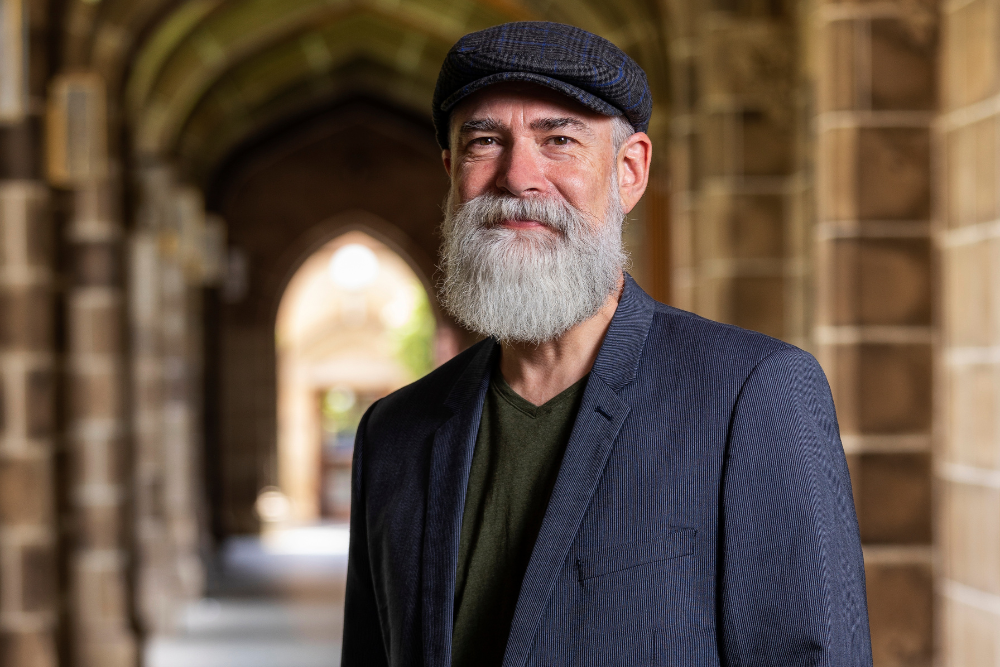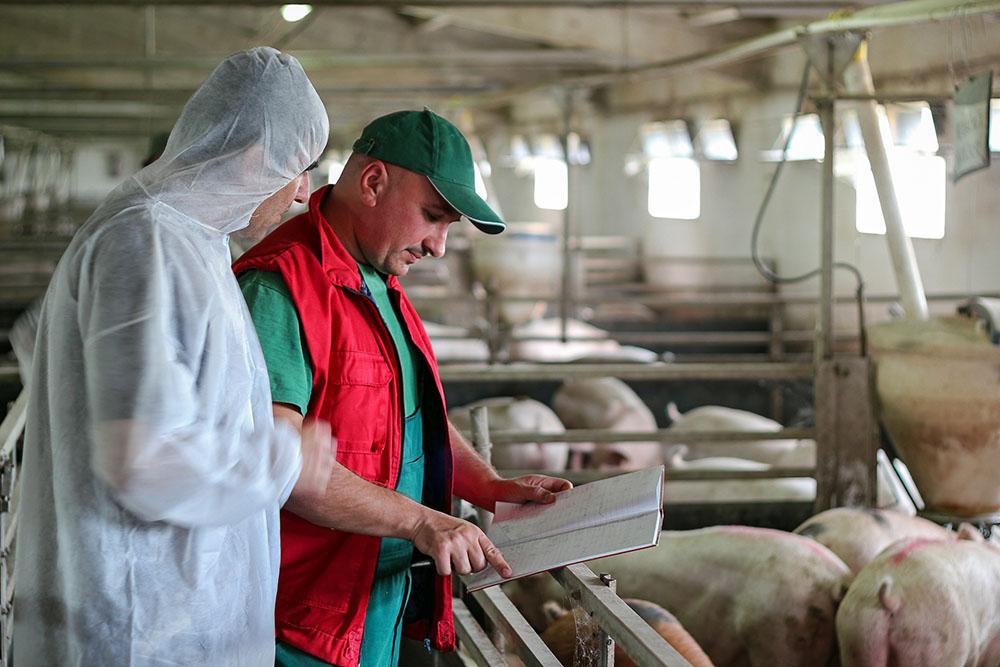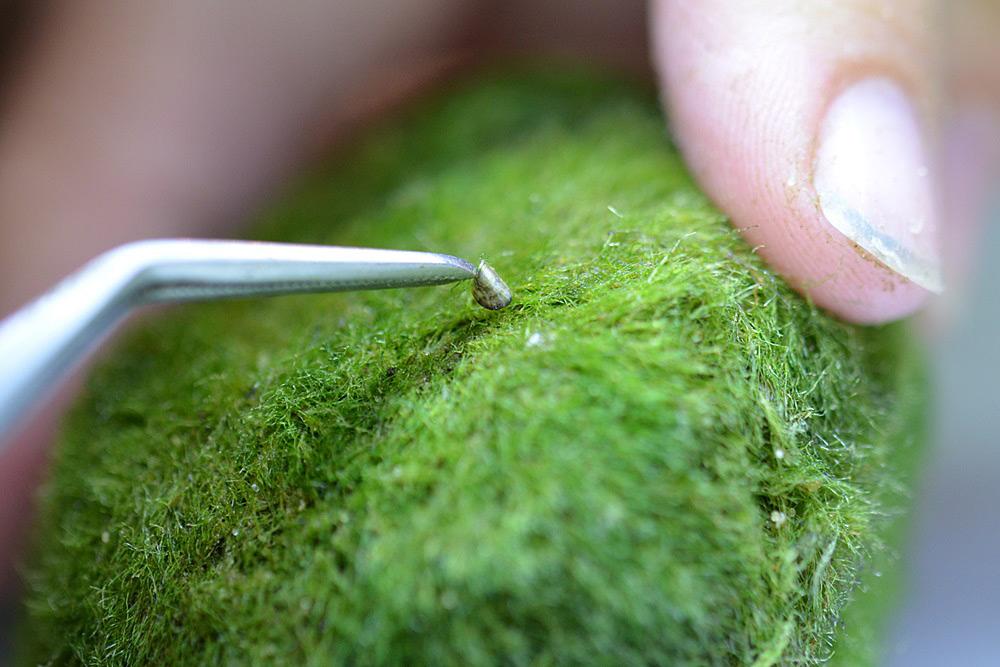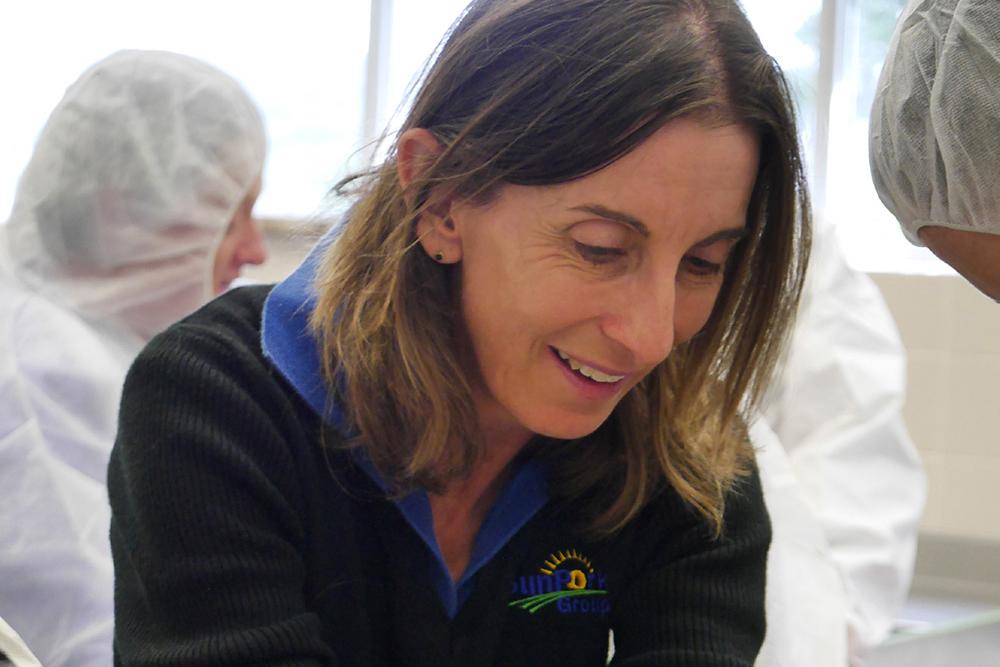Dr Richard Bradhurst
Dr Richard Bradhurst has received the 2022 Dr Kim Ritman Award for Science and Innovation.
Dr Bradhurst has significantly contributed to Australian biosecurity for the past decade by developing the Australian Animal Disease Spread Model (AADIS). AADIS is a leading-edge computer simulation model of emergency animal disease outbreaks. It is the result of close collaboration with the Department of Agriculture, Fisheries and Forestry. The model helps develop animal health policy by allowing decision-makers to explore a range of outbreak scenarios and assess the cost-effectiveness of potential control strategies.
AADIS was initially developed for foot-and-mouth disease (FMD) before expanding to include other contagious animal diseases. AADIS simulates diseases such as bluetongue and African swine fever, a disease that can spread in both domestic and feral populations. AADIS is constantly evolving and was recently extended to the bacterial disease Mycoplasma bovis to support the New Zealand Ministry for Primary Industries’ eradication program. The model is internationally recognised and has been adapted for over 20 countries, including Canada, the United States of America, and across Europe as the European Foot-and-Mouth Disease Spread model (EuFMDiS).
Dr Bradhurst further developed the AADIS model to simulate the spread and control of plant and environmental pests such as yellow crazy ant and oriental fruit fly. He recently collaborated with the Murdoch Children’s Research Institute and the Peter Doherty Institute for Infection and Immunity to adapt the model for human disease.
This raises the possibility of one day using the model to better understand zoonotic diseases. Over the last 10 years, Dr Bradhurst has evolved the AADIS software from a single FMD model to a biosecurity modelling framework that spans animal, plant and environmental health.
Dr Bradhurst supervises and mentors postgraduate students in Australia and overseas who use AADIS or EuFMDiS as part of their studies. He conducts modelling workshops nationally and internationally and serves on modelling advisory groups for the department and for the Food and Agriculture Organization of the United Nations. In 2022 the University of Vermont invited Dr Bradhurst to sit on the advisory board of their 5-year US$2.5 million modelling project funded by the United States Department of Agriculture.
Learn more about AADIS at aadis.org.
Dr Bradhurst was nominated by Cassie Watts and Professor Andrew Robinson from the Centre of Excellence for Biosecurity Risk Analysis, School of BioSciences, University of Melbourne.
Watch a video about Dr Bradhurst’s work
Introduction
This is the accessible text transcript of a 2022 Australian Biosecurity Awards winner video featuring Dr Richard Bradhurst.
Transcript
Hello, I'm Richard Bradhurst, a researcher at CEBRA, which is the Centre of Excellence for Biosecurity Risk Analysis at the University of Melbourne. About 10 years ago, I switched from developing military software in Canada to developing epidemiological software in Australia.
My particular interest is emergency animal disease. These are serious diseases not currently present in Australia, but if they were to enter, would have a huge impact on livestock producers and related industries. Examples are foot-and-mouth disease, African swine fever and lumpy skin disease.
I've spent the last 10 years developing the Australian Animal Disease spread model called AADIS in close collaboration with the Department of Agriculture, Fisheries and Forestry. AADIS is a decision support tool. It simulates the incursion, spread and control of exotic disease and allows us to conduct experiments on how to respond to such incursions.
Since the initial model of foot-and-mouth disease, AADIS has expanded to other contagious livestock diseases, [vector-borne diseases], invasive species and even human disease. The model has been adapted for over 20 countries, including Australia, New Zealand, Canada, the USA and across Europe.
I must emphasise that it takes a village to raise an epidemiological model. It involves mathematics, computer science, statistics, veterinary epidemiology, animal health policy, economics, entomology and ecology.
I've been so lucky to work with such talented colleagues from all over the world these past 10 years. It is such an honour to receive the Dr Kim Ritman Award for Science and Innovation 2022. Firstly, I'd like to thank my nominators CEBRA CEO Professor Andrew Robinson and CEBRA business manager Cassie Watts, and I’d very much like to acknowledge the vision of the Australian Department of Agriculture, Fisheries and Forestry. None of this would have been possible without their unwavering support for 10 years. Thank you very much.




